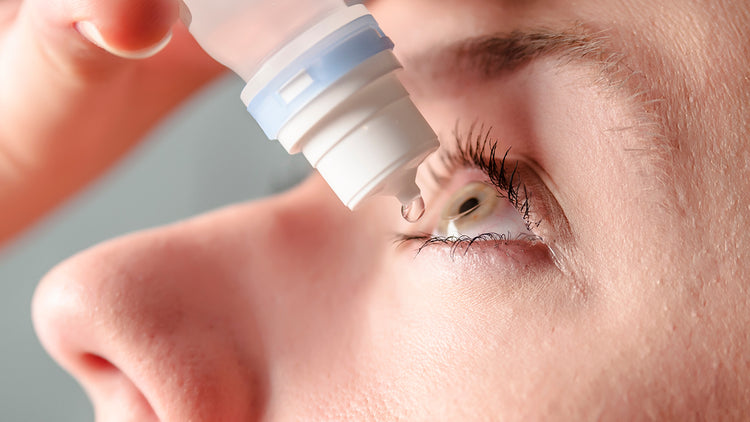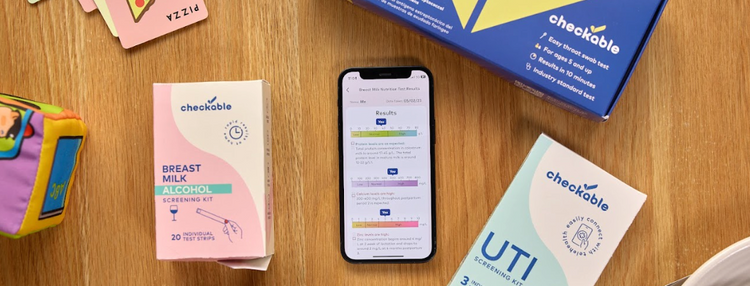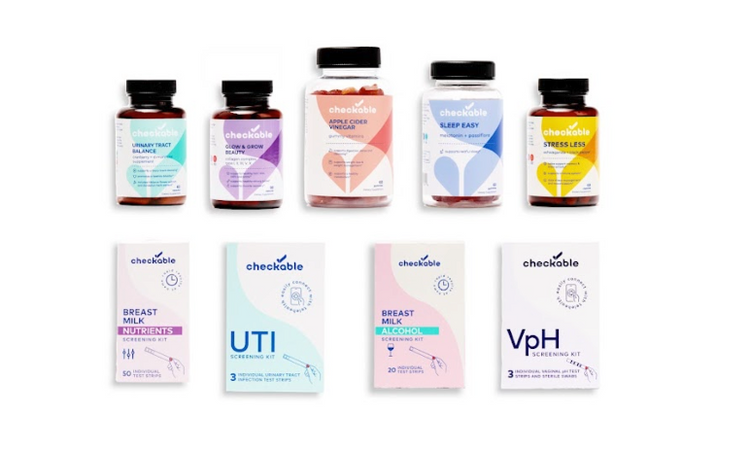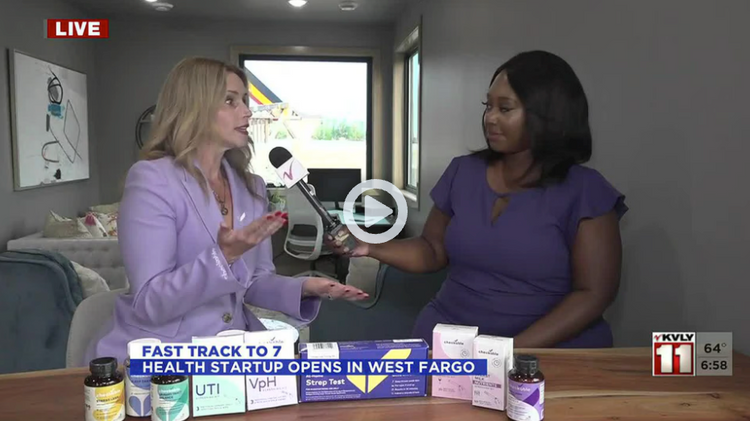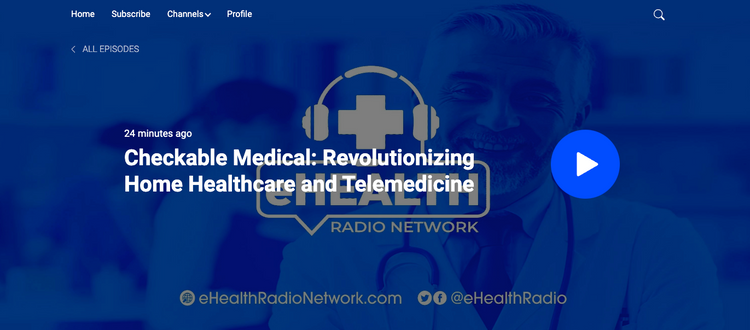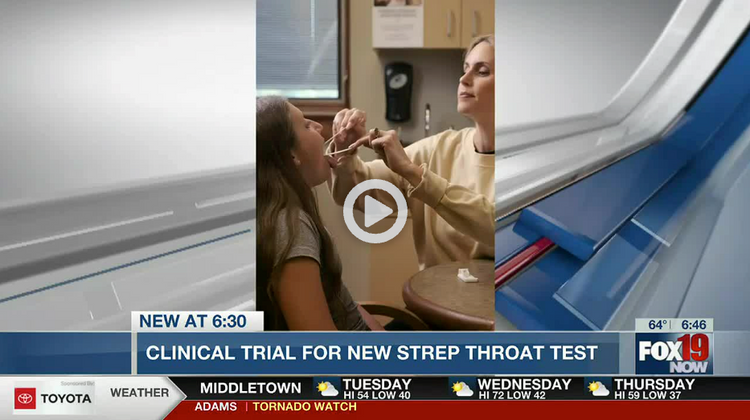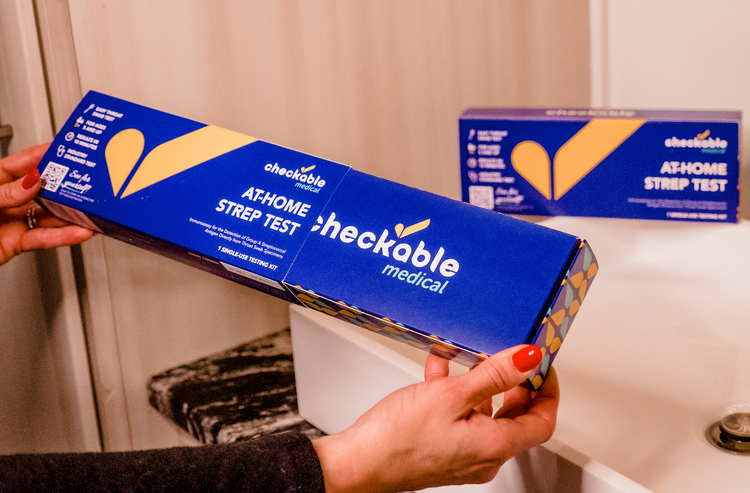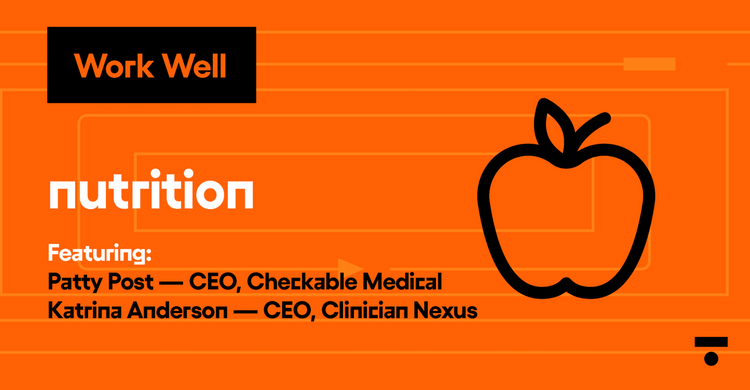
The COVID-19 pandemic brought with it the explosion of technological advancements in telehealth. This virtual option for healthcare has revolutionized how children receive medical care. Here, we will review how virtual healthcare has changed pediatric healthcare, its benefits, what providers can treat virtually, and how to keep your child safe during virtual visits.
How Is Virtual Healthcare Revolutionizing Pediatric Treatment?
Online healthcare services, also known as telehealth or virtual healthcare, are easy options for pediatric care. Virtual healthcare connects pediatricians to parents and children online without needing to physically go to the clinic. Though available before the COVID-19 pandemic, virtual healthcare use increased 15 times the pre-pandemic level in some areas. Several conditions do not need a traditional in-person visit with the healthcare provider, making virtual visits a great option. Healthcare providers can reach more patients and increase access to healthcare via virtual routes. Schools have also started using virtual healthcare to treat acute and chronic conditions without the child needing to miss school.
The Main Benefits of Treating Pediatric Patients Virtually
Virtual healthcare offers many benefits for both the parent and child. Here are five significant benefits of virtual pediatric healthcare:
- Bring the healthcare to you. With virtual visits, there is no traveling required. If the healthcare provider is located far away, virtual healthcare erases any geographical distance parents have to drive for healthcare. School-based virtual healthcare allows the child to have healthcare visits without missing school.
- Save time. Parents do not need to take extra time off work to get to and from the clinic. No more sitting in the waiting room or long waits in the exam room.
- Reduce healthcare inequity. If transportation is an issue, virtual healthcare connects patients and healthcare providers who wouldn't normally be able to get to the clinic for care.
- Lessen anxiety. Virtual healthcare from home in their own surroundings makes children feel more comfortable.
- Increase time with the provider. These one-on-one visits allow time to ask questions and discuss concerns without the stress and distractions within the clinic.
Process of Virtual Consultations for Pediatric Healthcare
Once the clinic has scheduled you for a virtual healthcare visit, you will receive specific instructions on how to log onto the applications and sign in. You'll often receive an email with these instructions in advance. Here are some other helpful tips for a successful virtual visit:
- Find a private, well-lit area that is free from distractions.
- The clinic will instruct you on what platform to use for the visit. Ensure you can access that app from your phone, tablet, or computer. Check that you do not have difficulties connecting to the applications.
- Once logged in and waiting for the provider, ensure the camera and microphone work. You want to be sure you can see and hear the healthcare provider and that they can see and hear you, too.
- Allow the child to be an active participant in the visit.
- Keep a paper and pen handy to write down important points of the visit.
- Don't forget to schedule any needed follow-up appointments.
- Don't hesitate to contact the clinic with further questions or concerns.
What Specific Conditions in Pediatric Patients Can Providers Treat Virtually?
Pediatric healthcare covers many conditions. Though some conditions require an in-person visit, healthcare professionals can easily evaluate and treat many conditions virtually. Here is a list of many common conditions open to virtual treatment:
- Behavioral health (anxiety, depression, school problems)
- Skin conditions (rashes, eczema, poison ivy)
- Upper Respiratory Infections
- Sore Throat
- Constipation, Diarrhea
- Allergies
- Pink Eye
- Sports Injuries
- Consultations with specialists or second opinions
- Visits to review lab work or X-ray results
- Hospital or ER follow-up visits
- Chronic conditions and medication management follow-ups (ADHD, headaches, asthma, obesity)
Assurances of Safety and Privacy When Using Virtual Healthcare for Our Children
Just as when you take your child to the clinic, you expect your virtual healthcare visit to be safe and private. Privacy is crucial in healthcare. Virtual healthcare guidelines require clinics using telehealth to have HIPPA-compliant platforms. This policy means the apps used to conduct the visit must meet federal privacy laws. The healthcare provider should be in a quiet space free of other office staff during the visit. Parents and children should also be in a private space so that healthcare information is not broadcasted for all to hear. Virtual visits should never be conducted in public areas, when driving in a car, or around anyone you would not want to know your child's private information. For older children and adolescents, ensure they have a private area away from parents during part of the visit for the healthcare provider to ask any sensitive questions and for the child to openly speak with the provider about any sensitive issues, empowering a trusting relationship.
Virtual visits are transforming pediatric healthcare. For greater convenience, virtual visits improve access to healthcare, save parents time, reduce anxiety, and limit the distractions from in-person visits. Since providers can treat many conditions with virtual visits, be sure to talk with your healthcare provider about making virtual healthcare an option for your next visit.
References
Cleave, J.V., Stille, C., & Hall, D.E. (2022). Child health, vulnerability, and complexity: Use of telehealth to enhance care for children and youth with special health care needs. Academic Pediatrics, 22(2), S34-S40. https://www.sciencedirect.com/science/article/pii/S1876285921005313
Curfman, A., McSwain, S.D., Chuo, J., Yeager-McSwain, B., Schinasi, D.A., Marchin, J., Herendeen, N., Chung, S., Rheuban, K., & Olsen, C.A. (2021). Pediatric telehealth in the COVID-19 pandemic era and beyond. Pediatrics, 148(3). https://publications.aap.org/pediatrics/article/148/3/e2020047795/179707/Pediatric-Telehealth-in-the-COVID-19-Pandemic-Era?autologincheck=redirected
US Department of Health and Human Services. (2023, July 31). Preparing for a virtual visit. https://telehealth.hhs.gov/patients/preparing-for-a-video-visit
US Government Accountability Office. (2022, September 29). Telehealth in the pandemic—How has It changed health care delivery in medicaid and medicare? https://www.gao.gov/blog/telehealth-pandemic-how-has-it-changed-health-care-delivery-medicaid-and-medicare

Sarah Beattie DNP, APRN-CNP, CDCES is a Nurse Practitioner in Ohio. She has twenty years of nursing experience. The first ten years of her career were in critical care. She then advanced her career as a Nurse Practitioner in Family Practice and Endocrinology. She has a passion for the management and education of patients with diabetes. She is a Certified Diabetes Care and Education Specialist and is certified in Plant-Based Nutrition. She has now combined her love of nursing and healthcare with writing as a freelance nurse writer in her time away from patient care.
Life is too short to sit in a doctor’s office
Sign up for our weekly newsletter and get valuable healthcare tips and tricks in your inbox!
Sign up now and unsubscribe anytime.
- Choosing a selection results in a full page refresh.
- Press the space key then arrow keys to make a selection.


































